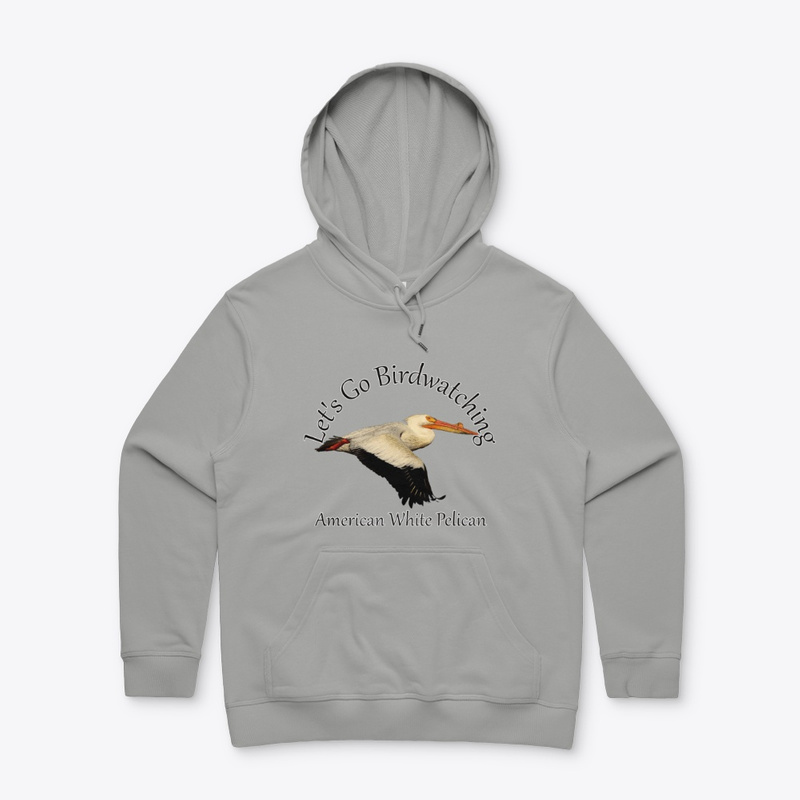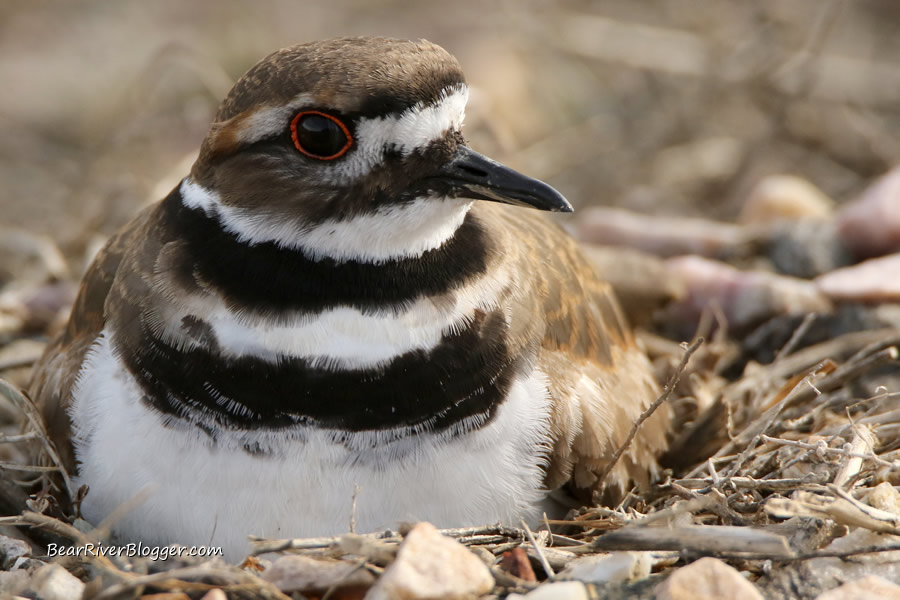Follow this blog for any length of time and you will definitely see how much of a fan I am of the famed Bear River Migratory Bird Refuge auto tour route.
I simply love it out there and it’s not uncommon for me to visit the refuge 5-6 times per week during spring and summer when the birds have returned for the breeding season.
If you haven’t visited the Bear River Migratory Bird Refuge yet, their auto tour loop is a 12-mile self-guided gravel road that takes you on a birdwatching and photography journey right through the heart of some fantastic upland and wetland habitats that support hundreds of species of birds and other interesting forms of wildlife.
And with the official start of spring less than two months away, many of those birds that migrated south for the winter season will soon be back for yet another year of nesting and rearing their young.
I’ve been visiting and photographing the refuge for decades now and, in fact, a good majority of the bird photographs on this website were actually taken on the auto loop, including all the killdeer images for this particular blog post.
The killdeer, a year-round resident of Utah and a member of the plover family, is one bird that commonly nests on the Bear River Migratory Bird Refuge.
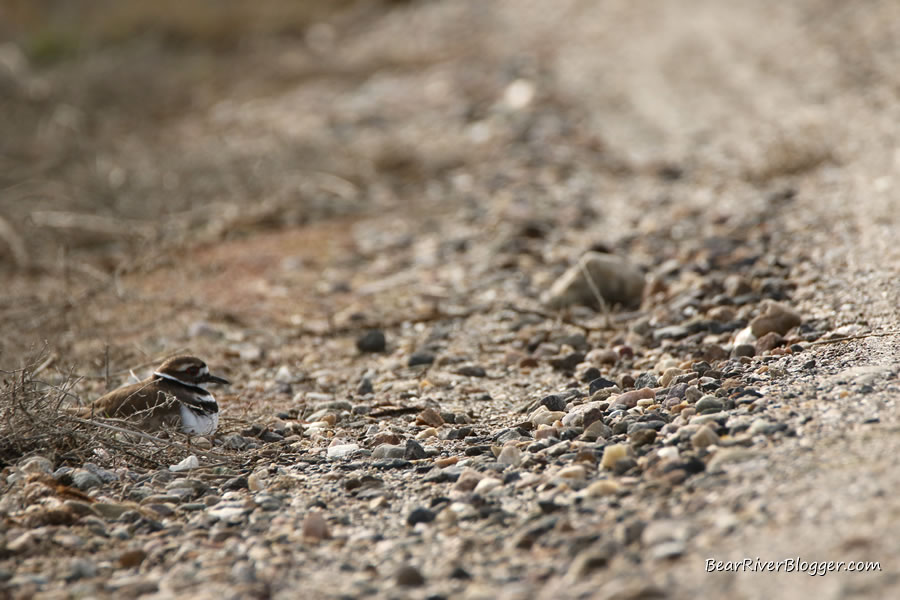
But unlike many other birds that nest far out in the marsh, killdeer can commonly be found building and tending to active nests right on the refuge auto tour road itself.
The reason for this is killdeer build their nests on the bare ground in open, shallow depressions that oftentimes end up being lined with sticks and small rocks, quite possibly to help camouflage the eggs from predators.
And this poses a situation on the refuge where visitors need to pay close attention during nesting season while traveling the auto tour route when they cross paths with killdeer standing on the roadway.
During the summer months, it’s pretty common to find a killdeer nest or two somewhere along the side of the auto loop road when an adult killdeer is found occupying the roadway and reluctant to leave.
If, by chance, you do come across a killdeer nest on the Bear River Migratory Bird Refuge auto tour route, or anywhere else for that matter, keep your distance so as to not disturb the nesting bird.
Simply put, if you get too close to one of their nesting locations, killdeer will protect their nest by starting to perform the “wounded wing” routine to try and lure you away from the eggs.
That is a telltale sign you are much too close to an active killdeer nest and you should carefully back away.
Killdeer can be somewhat tolerant of very limited, accidental disturbances during nesting season, well, to a certain degree that is, as it is quite common to accidentally come upon a killdeer nest on nature trails, edges of parking lots, and many other urban areas we may frequent.
In fact, I recently posted about a pair of killdeer nesting in our front yard a few years back that hatched all four eggs just a few feet from a public sidewalk but even so, constant and persistent nesting disturbances will almost always cause any bird, killdeer included, to eventually abandon their nest.
From what I have seen during my decades of birdwatching experience, killdeer will return to a nest pretty quickly if left alone during one of these accidental meetings with an unsuspecting birder or casual passerby.
The problem truly arises when people feel they have to find the nest or try to get the perfect image with their camera when they should just leave the nesting bird alone and admire it from a safe distance.
If the killdeer leaves the nest then you are too close.
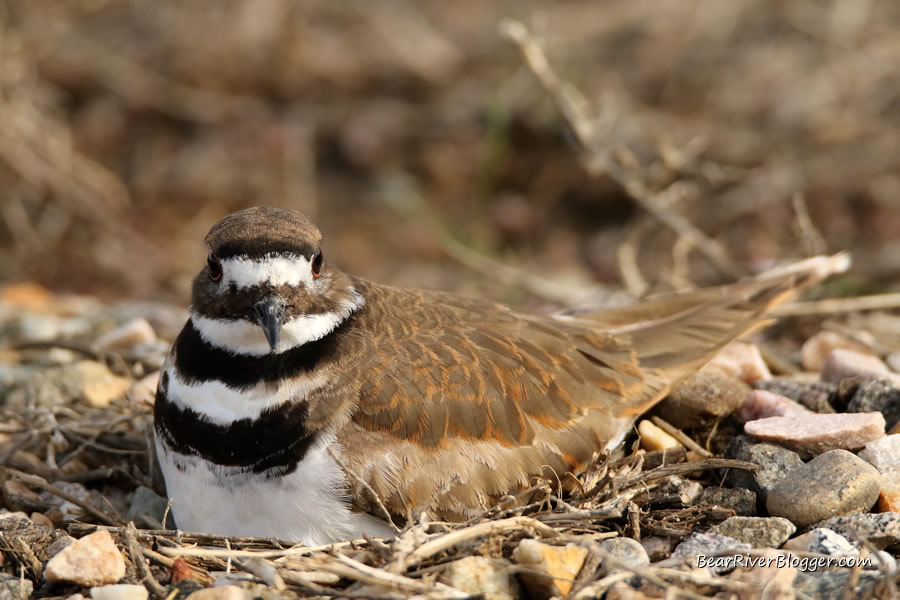
And if the killdeer not only leaves the nest but starts the “broken wing” routine, you are extremely close and could be in danger of stepping on the nest itself.
In both cases, people should back off and let the bird return to the nest and enjoy the bird from afar.
With regards to the killdeer images on this particular post, I do want to mention all the killdeer photos were not only taken from a great distance away with a 600 mm lens but photographed from inside my vehicle as well.
I actually came across this particular killdeer nest while I was stopped and photographing red-winged blackbirds.
Where I was parked, the nest ended up being pretty close to my car and I realized there was a nearby nest when I saw the killdeer stand up and show the eggs.
I took a couple very quick images then backed the car up and the killdeer settled back down and once again covered up its eggs.
From my experience, if you are not actively looking for nesting roadside killdeer they can be pretty hard to spot, sometimes nearly impossible.
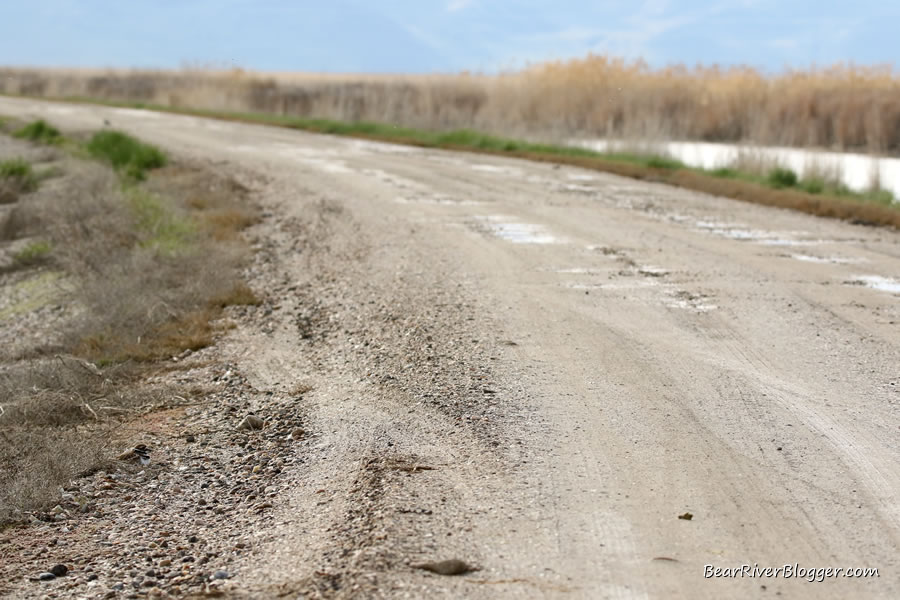
But damage usually isn’t done when you come across a nest in a situation like this if you promptly back off and let the bird settle down and return to tending its eggs.
If I had stopped a few yards sooner or driven another 50 feet or so before pulling to the side of the road, I probably wouldn’t have known I was anywhere near a nesting killdeer as the bird would have just stayed put and quietly kept incubating its eggs.
That’s how it can go sometimes on the Bear River Migratory Bird Refuge auto tour route, especially during nesting season.
Sometimes when you are watching or photographing one bird, another is even closer so keep your eyes open and also listen as killdeer can be quite vocal at times.
Well, when they’re not quietly sitting on a nest, that is.
If you are a birdwatcher like I am, I offer you to head on over to our subscribe page and sign up for email notifications for future blog posts.
We also have a small but growing channel on YouTube where we post short nature clips and updates about the refuge and other areas we frequent with our camera.
“Let’s Go Birdwatching” American white pelican T-shirts, Sweatshirts, Gifts, And Hoodies
